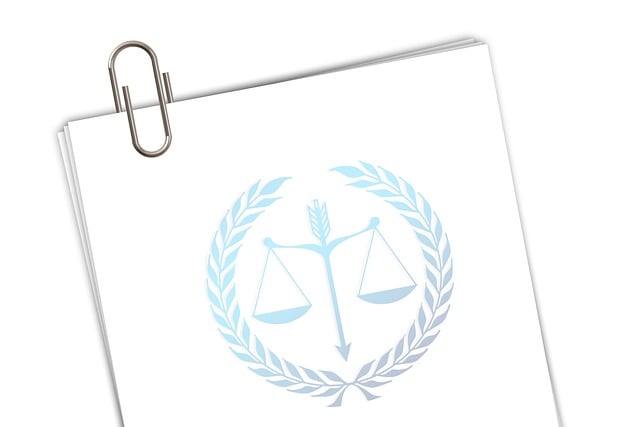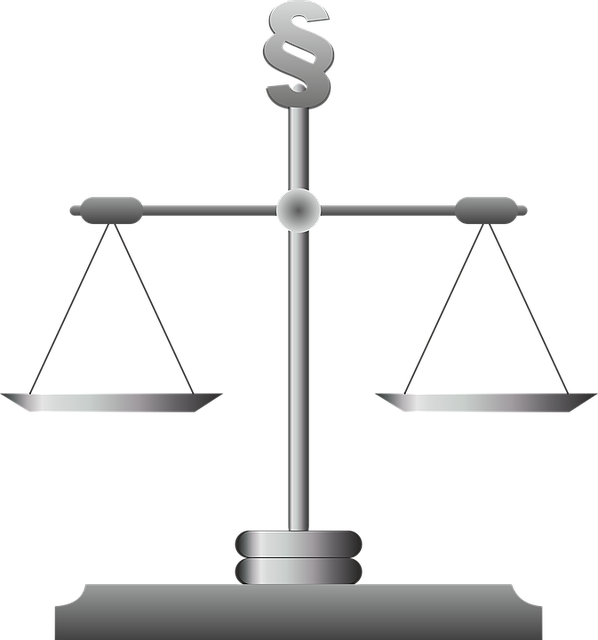Finance crime probes and personal injury lawsuits share a structured process, emphasizing meticulous documentation and strategic planning. Investigators gather evidence from records, statements, and interviews, while analysts identify patterns of criminal activity. If substantial evidence is found, law enforcement can press charges, ensuring justice across domains. In personal injury cases, attorneys assess liability, file lawsuits, exchange discovery, and aim for resolution through negotiations or trials, potentially resulting in complete dismissal.
“Dive into the intricate world of finance crime probes and uncover the intricacies of detecting and prosecuting financial fraud. This comprehensive guide offers a detailed look at every step, from identifying ‘red flags’ during initial investigations to navigating complex legal proceedings in personal injury lawsuits. Understanding these crucial components is essential for both professionals and individuals seeking justice.
Explore the process, learn from case studies, and gain insights into how to recognize and respond to potential financial crimes, ensuring a fair and efficient justice system.”
- Understanding Finance Crime Probes: A Comprehensive Overview
- Uncovering Red Flags: Initial Steps in Investigation
- Legal Proceedings: Navigating the Personal Injury Lawsuit Journey
Understanding Finance Crime Probes: A Comprehensive Overview
Finance crime probes are a critical component of the legal system, designed to uncover and rectify financial wrongdoings that can range from fraud to money laundering. These investigations involve a meticulous process where authorities step through several layers of financial transactions to identify illegal activities. The steps in a finance crime probe typically mirror those in a personal injury lawsuit process, both requiring thorough documentation, expert analysis, and a strategic approach.
In the initial phase, investigators gather evidence through public records, financial statements, and interviews with individuals involved. This is akin to gathering facts and medical records in a personal injury case. Next, analysts poring over these data points look for anomalies or patterns indicative of criminal behavior, much like how a lawyer examines evidence to build a compelling argument for his clients. Finally, if substantial evidence suggests a crime has been committed, law enforcement officials can press charges, ensuring justice is served not only in personal injury cases but also in matters involving general criminal defense, and fostering integrity within the philanthropic and political communities.
Uncovering Red Flags: Initial Steps in Investigation
Uncovering red flags is a critical initial step in any finance crime probe. It involves meticulous scrutiny of financial records, transactions, and patterns to identify anomalies that might point to fraudulent activities or potential white-collar and economic crimes. By comparing actual spending against declared income, investigators can often spot inconsistencies that warrant further exploration. This process requires a deep dive into the financial history of individuals, entities, and their interactions within the philanthropic and political communities, aiming to uncover any illicit connections or questionable practices.
The steps in a personal injury lawsuit process, though distinct from financial crime investigations, share a common thread of thoroughness and attention to detail. Just as a personal injury lawyer meticulously gathers evidence to support a claim, financial investigators scrutinize every aspect of an individual’s or organization’s finances. This meticulous approach is key to achieving extraordinary results in navigating complex cases involving not just white-collar crimes but also the broader economic landscape.
Legal Proceedings: Navigating the Personal Injury Lawsuit Journey
When faced with a personal injury lawsuit, understanding the legal process is paramount. The journey involves several crucial steps designed to ensure fairness and justice. It begins with an initial assessment where attorneys review the case details, including evidence and medical records, to determine liability and potential compensation. This phase is critical for both corporate and individual clients, as it sets the foundation for the entire litigation process.
The next steps involve formal filing of the lawsuit, service of process to the defendant, and extensive discovery. During discovery, both parties exchange relevant information and documents. In high-stakes cases, this can be a complex and lengthy process. The ultimate goal is to reach a resolution, either through settlement negotiations or a trial. If all charges are successfully challenged and dismissed, it may result in complete dismissal of the lawsuit, sparing the defendant from further legal proceedings.
In the intricate landscape of finance crime probes, understanding the initial steps of investigation and the subsequent legal proceedings is vital. From unearthing red flags to navigating the complex web of personal injury lawsuits, this comprehensive guide has illuminated key aspects of the process. By familiarizing oneself with these steps—from initial assessment to trial or settlement—individuals can better protect their rights and interests in the event of financial misconduct. Remember that each case is unique, so seeking professional legal counsel is essential for a successful outcome.






